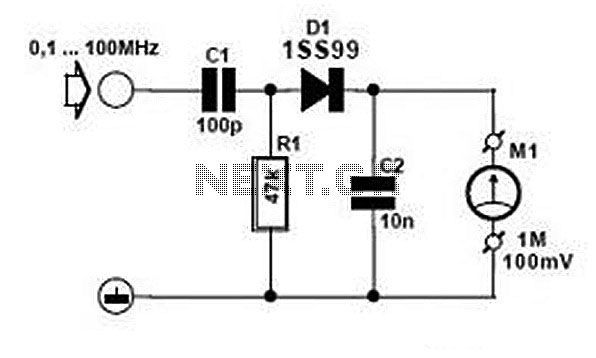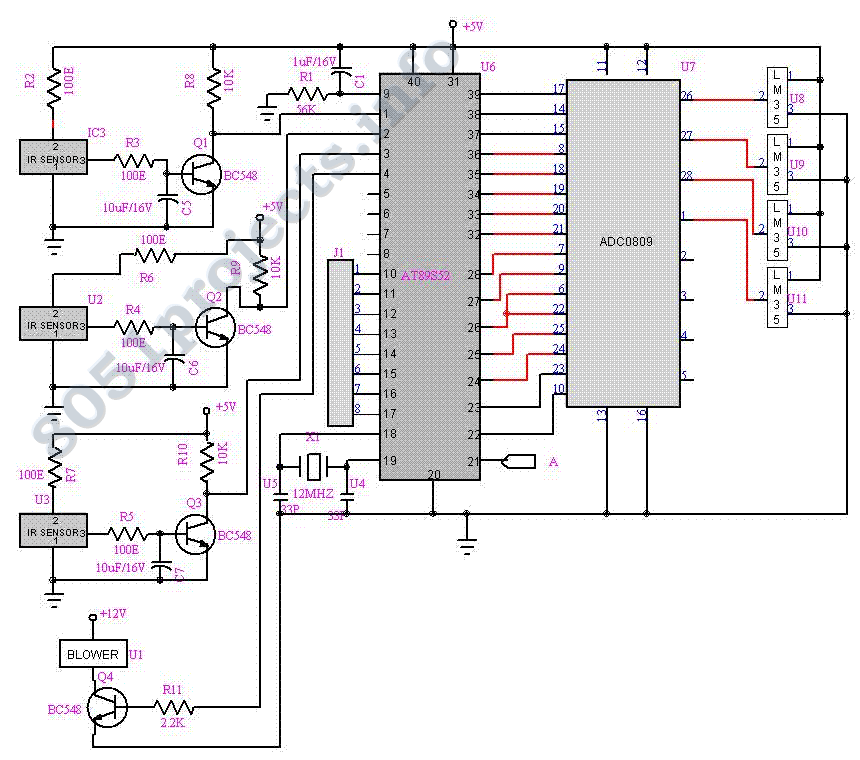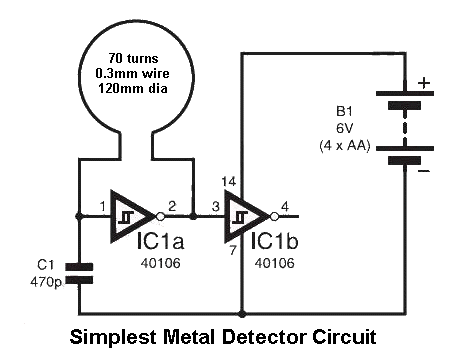
Rain Detector Circuit Using NE555

This weblog discusses electronic circuit schematics, PCB design, DIY kits, and electronic project diagrams. The rain detector operates on the principle of an astable multivibrator using the 555 timer IC, which is equipped with a sensor capable of detecting water. The astable multivibrator is configured to operate at an audio frequency of 1 kHz. The rain detector circuit can be powered by a voltage source ranging from 5 to 15 VDC. This circuit can be applied in various scenarios, such as in vehicles, to provide protection from rain. The water sensor utilized in the rain detector circuit employs a design that can be created on a PCB, following the path shown in the referenced image. Alternatively, the circuit can be constructed using foil adhered to an insulating plastic board. The key principle of this sensor is its ability to conduct electrical current effectively when its surface comes into contact with even small amounts of water.
The rain detector circuit based on the 555 timer IC is a practical application of basic electronic principles. The astable multivibrator configuration allows the circuit to continuously oscillate between high and low states, generating a square wave output at a frequency of 1 kHz. This oscillation can be used to trigger various actions, such as activating an alarm or turning on a light when rain is detected.
The circuit typically consists of the 555 timer IC, a few resistors, capacitors, and a water sensor. The water sensor is often made from conductive materials that allow for the detection of water by completing an electrical circuit when moisture is present. When water bridges the gap between the sensor's conductive elements, it changes the state of the 555 timer, thereby altering the output signal.
Powering the circuit with a voltage source of 5 to 15 VDC ensures compatibility with a wide range of applications, from small DIY projects to larger installations in vehicles or outdoor equipment. The design can be implemented on a printed circuit board (PCB) for durability and reliability, or can be constructed using simple materials such as foil on an insulated substrate for a more straightforward, cost-effective solution.
In summary, this rain detector circuit is an excellent example of how simple electronic components can be integrated to create a functional device that serves a practical purpose, such as protecting equipment from water damage. The ability to customize the design and easily implement it in various settings makes it a valuable project for electronics enthusiasts and professionals alike.Welcome to the weblog where we discuss about electronic circuits schematics, PCB design, diy kits and electronic projects diagrams. Rain detector using In principle it is an astable multivibrator 555, which is prepared by IC555 with a sensor attached that can detect water.
Astable multivibrator with the 555 is in the audio frequency with a freque ncy of 1 KHz. The use of rain detector circuit can be disupplay 555 with voltage source that is free enough as 5 to 15 VDC. In the application of rain detector circuit The use of this object 555 can be mounted engine, car and others who want to protect from rain.
Water sensor used in the rain detector circuit 555 Using this you can do yourself a PCB Degan make the path as shown in the image above or, as described from the image above is the use foil glued to a board or boards that are plastic insulation. The important principle of this sensor is to conduct electrical current very well when the surface is exposed to water even a little.
🔗 External reference
The rain detector circuit based on the 555 timer IC is a practical application of basic electronic principles. The astable multivibrator configuration allows the circuit to continuously oscillate between high and low states, generating a square wave output at a frequency of 1 kHz. This oscillation can be used to trigger various actions, such as activating an alarm or turning on a light when rain is detected.
The circuit typically consists of the 555 timer IC, a few resistors, capacitors, and a water sensor. The water sensor is often made from conductive materials that allow for the detection of water by completing an electrical circuit when moisture is present. When water bridges the gap between the sensor's conductive elements, it changes the state of the 555 timer, thereby altering the output signal.
Powering the circuit with a voltage source of 5 to 15 VDC ensures compatibility with a wide range of applications, from small DIY projects to larger installations in vehicles or outdoor equipment. The design can be implemented on a printed circuit board (PCB) for durability and reliability, or can be constructed using simple materials such as foil on an insulated substrate for a more straightforward, cost-effective solution.
In summary, this rain detector circuit is an excellent example of how simple electronic components can be integrated to create a functional device that serves a practical purpose, such as protecting equipment from water damage. The ability to customize the design and easily implement it in various settings makes it a valuable project for electronics enthusiasts and professionals alike.Welcome to the weblog where we discuss about electronic circuits schematics, PCB design, diy kits and electronic projects diagrams. Rain detector using In principle it is an astable multivibrator 555, which is prepared by IC555 with a sensor attached that can detect water.
Astable multivibrator with the 555 is in the audio frequency with a freque ncy of 1 KHz. The use of rain detector circuit can be disupplay 555 with voltage source that is free enough as 5 to 15 VDC. In the application of rain detector circuit The use of this object 555 can be mounted engine, car and others who want to protect from rain.
Water sensor used in the rain detector circuit 555 Using this you can do yourself a PCB Degan make the path as shown in the image above or, as described from the image above is the use foil glued to a board or boards that are plastic insulation. The important principle of this sensor is to conduct electrical current very well when the surface is exposed to water even a little.
🔗 External reference





